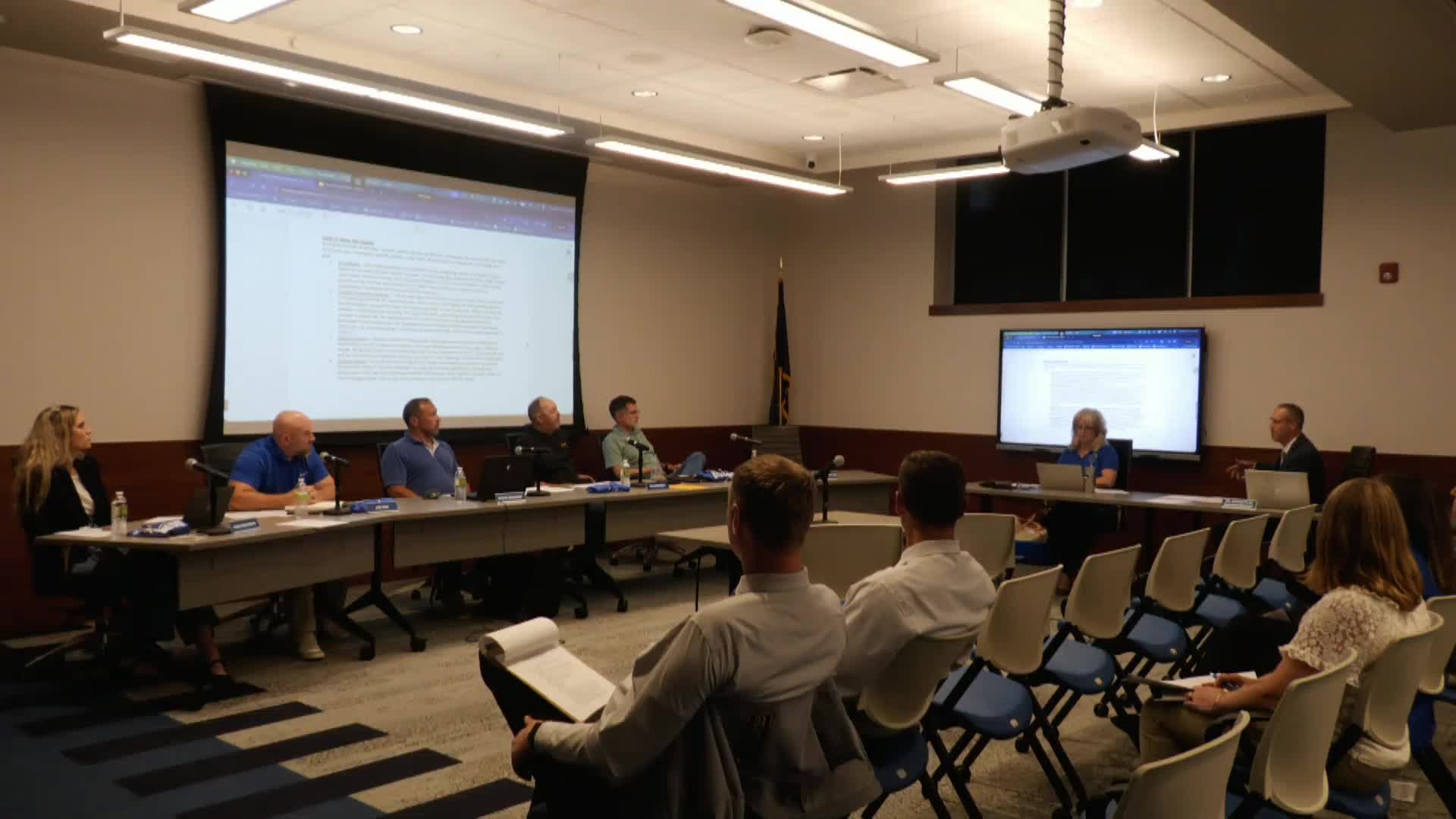District reports enrollment growth but warns of a projected state aid drop that could affect 2026 budget
October 13, 2025 | Bennington Public Schools, School Districts, Nebraska
This article was created by AI summarizing key points discussed. AI makes mistakes, so for full details and context, please refer to the video of the full meeting. Please report any errors so we can fix them. Report an error »

District finance staff told the board that the official Oct. 1 enrollment for 2025 is 4,413 students (K�'12), with total preschool included bringing the district just under 4,500 in total enrollment. The district reported it grew 142 students this year versus an anticipated 135, which increased basic funding by roughly $72,000.
Staff explained three components that will affect state aid calculations and the 2026 budget: current enrollment, the student-growth correction (an advance of basic funding for projected growth that is reconciled two years later), and apportionment adjustments. The district said its student-growth correction projection will add an estimated $165,000 two years later based on current filing mechanics.
Administrators also noted a structural effect of apportionment: revenue increases (property taxes, state money, apportionment) can reduce equalization aid in the following year. As a result, the district said it expects a state-aid drop next year in the range of $1.2 million to $1.5 million despite property-tax growth (the district noted property valuations rose about 9.3 percent this year).
Building-capacity figures presented at the meeting showed elementary buildings at roughly 86 percent capacity, middle schools at 74 percent, and high school capacity increases corresponding with the district's growth pattern. Board and staff said that birth-rate declines are affecting incoming kindergarten cohorts as a broader demographic trend.
District staff urged the board to consider the interplay of enrollment, apportionment, and budgeting as they plan staffing and capital timelines.
Staff explained three components that will affect state aid calculations and the 2026 budget: current enrollment, the student-growth correction (an advance of basic funding for projected growth that is reconciled two years later), and apportionment adjustments. The district said its student-growth correction projection will add an estimated $165,000 two years later based on current filing mechanics.
Administrators also noted a structural effect of apportionment: revenue increases (property taxes, state money, apportionment) can reduce equalization aid in the following year. As a result, the district said it expects a state-aid drop next year in the range of $1.2 million to $1.5 million despite property-tax growth (the district noted property valuations rose about 9.3 percent this year).
Building-capacity figures presented at the meeting showed elementary buildings at roughly 86 percent capacity, middle schools at 74 percent, and high school capacity increases corresponding with the district's growth pattern. Board and staff said that birth-rate declines are affecting incoming kindergarten cohorts as a broader demographic trend.
District staff urged the board to consider the interplay of enrollment, apportionment, and budgeting as they plan staffing and capital timelines.
View full meeting
This article is based on a recent meeting—watch the full video and explore the complete transcript for deeper insights into the discussion.
View full meeting
